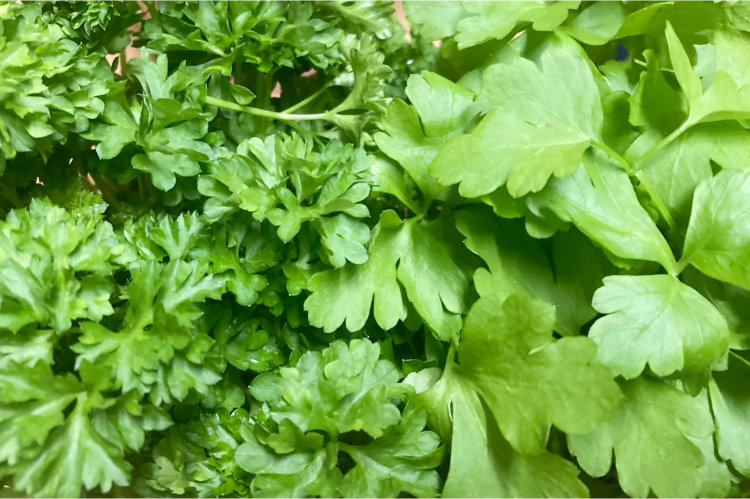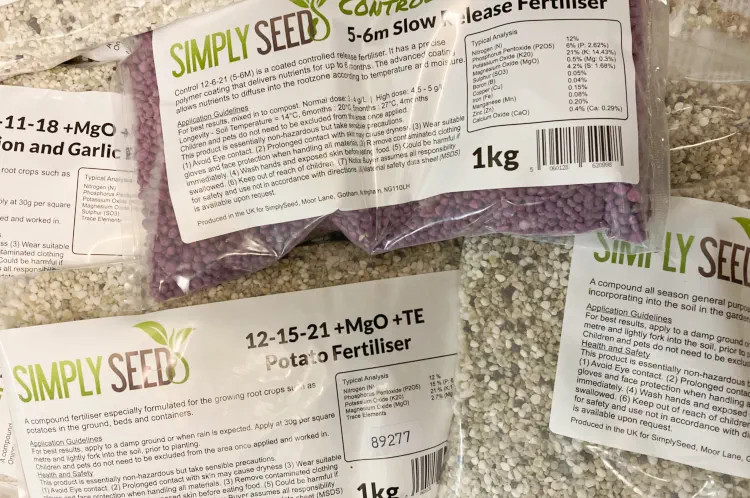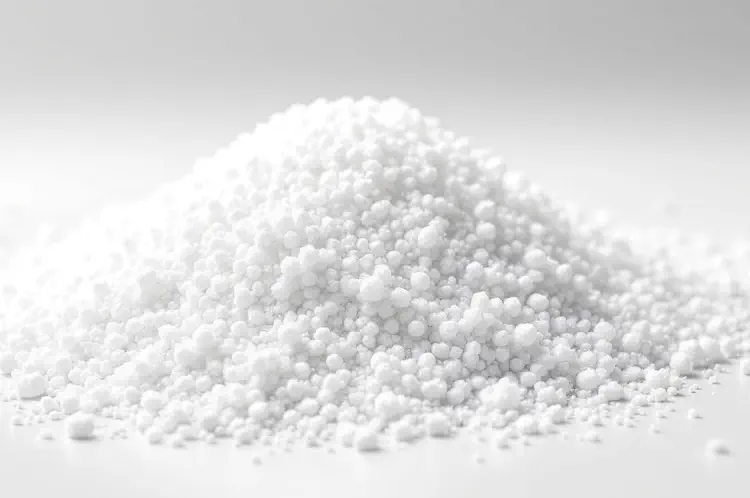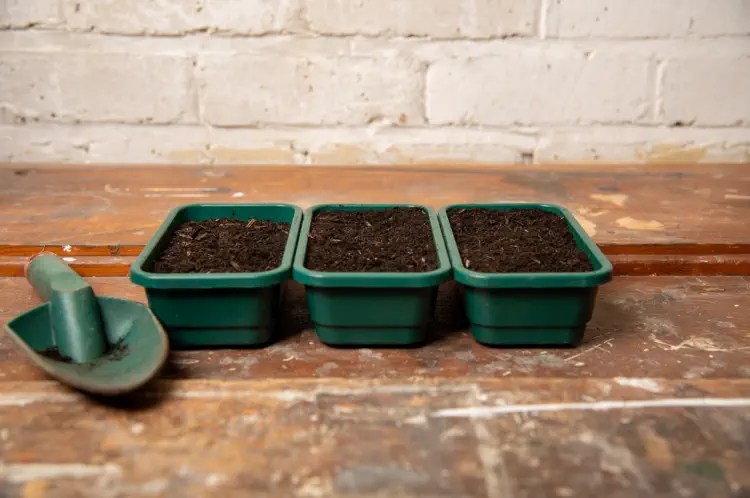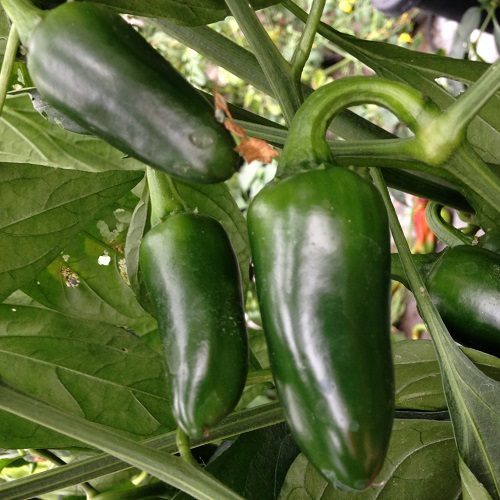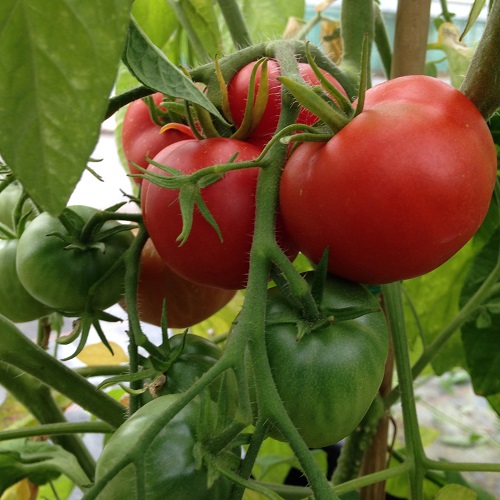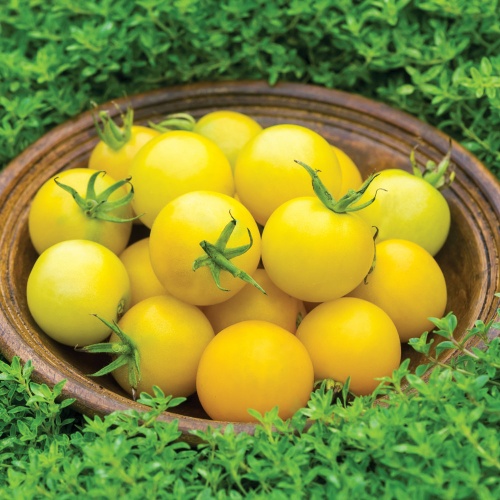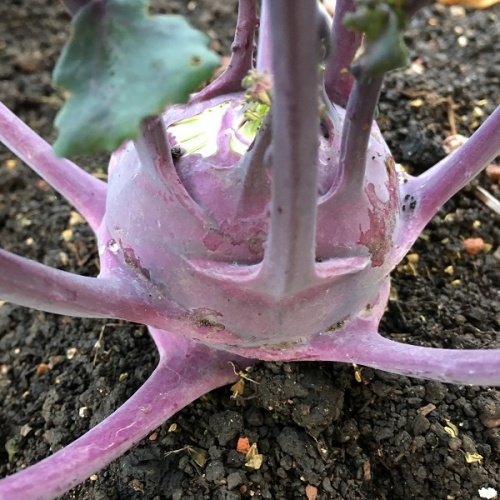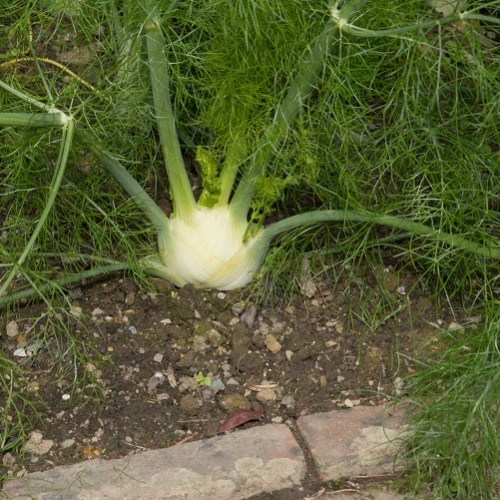Soil preparation for second early seed potatoes
 Prepare the soil for open ground beds in November or December in the year prior to growing second early potato crops. Incorporate plenty of organic matter to improve soil structure, moisture retention and to add essential nutrients to the soil. On heavy clay soils and light sandy soils ensure ample amounts of organic matter or well-rotted manure is added to help improve soil quality and aid drainage.
Prepare the soil for open ground beds in November or December in the year prior to growing second early potato crops. Incorporate plenty of organic matter to improve soil structure, moisture retention and to add essential nutrients to the soil. On heavy clay soils and light sandy soils ensure ample amounts of organic matter or well-rotted manure is added to help improve soil quality and aid drainage.
Buy or order your second early seed potatoes in January or February so that you have them ready to plant in April when conditions allow.
An open sunny position is best for all types of potatoes and it’s advisable not to plant seed potatoes in ground that has previously been used to grow potatoes for 2 years or longer. Rotating crops each year will help reduce the possibility of disease.
The same applies to soil, in which second early potatoes have been grown in containers. For best results use fresh soil each time. Second early seed potatoes will benefit from chitting, which is the process of placing the potatoes in a light, cool place prior to planting, so that new shoots are encouraged to sprout.
Planting second early seed potatoes in beds
Choose a dry day during mid to late April and ensure any frost has lifted from the soil. Lightly rake the soil, in which the potato crop will be grown, into a manageable fine tilth. Using a spade, dig a trench approximately 10cm deep and then place the seed potatoes at a distance of 37cm apart and 75cm between rows. Ensure the potatoes have the rose end, which usually has the most shoots, facing upwards. Finally, cover the seed potatoes with soil and lightly firm.
A light sprinkling of potato fertiliser can be spread over the top of the soil and water applied sparingly. Frosts can severely damage the emerging potato shoots so covering the planted trenches with polythene cloches is highly recommended during the first few weeks. Keep the young plants well watered during dry spells.
Growing second early seed potatoes in containers
Second early potatoes can be successfully grown in large containers with a capacity of at least 30 litres. Containers can be wooden, plastic, clay or metal as long as adequate drainage holes are present so that excess water can drain away freely. If containers are allowed to become water-logged, the potatoes will be damaged by rot and will become useless.
Fill containers to around two thirds capacity and then plant the seed potatoes with the rose end facing upwards. Cover the seed potatoes with 100cm of soil and press down the soil firmly. Potato fertiliser can be sprinkled over the top and a light watering may be required if the soil is particularly dry. It is advisable to cover the container with clear polythene until the green shoots appear. When the shoots are about 75cm high remove the polythene cover and water the plants. Containers can dry out very quickly, especially in warmer weather so ensure plants are kept well watered at all times.
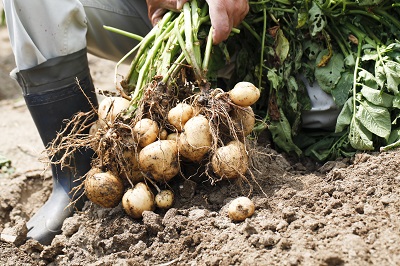 General aftercare
General aftercare
Growing potatoes is easy and the only aftercare involves regular watering, especially during dry periods. Potatoes need quite a lot of water so that for the tubers swell and stay firm. The other most important aspect of aftercare is to “earth up” the potato stems as they grow.
This simply requires soil to be pulled up around the stems to protect them from frosts and to ensure the new younger potatoes, which are nearest to the surface are not exposed to sunlight. If they are exposed to light they will begin to go green as they photosynthesise, making the tubers quite unpleasant to eat.
Container grown second early potatoes will need a similar treatment, which can be achieved by adding soil to the container ensuring it is placed around the growing stems.
Pests and diseases
Blight is the most serious problem associated with potatoes and is particularly prevalent during the warmer summer months. Spraying the foliage with a proprietary fungicide is the only effective treatment. Blackleg is also a known possible problem, caused by a bacterial infection. However, it is usually confined to individual plants rather than the whole crop. Good hygiene is the best practice to keep this disease at bay.
Eelworm can be problematic in some areas of the UK. The best practice is to only buy certified seed potatoes or resistant stock and ensure good hygiene and crop rotation. Scab is a common problem with potatoes grown on alkaline soil but rarely affects the quality of the potato. Slugs can also be a menace but “earthing up” will help protect stems and leaves.
Harvesting and storage
Second early potatoes can be harvested after about 10-12 weeks. Lift the plants and leave the potatoes to dry for a few hours before storing in paper or hessian sacks. Polythene sacks or bags should be avoided as potatoes will sweat and eventually rot. Always keep potatoes in a well ventilated, dry and frost free place.

 Prepare the soil for open ground beds in November or December in the year prior to growing second early potato crops. Incorporate plenty of organic matter to improve soil structure, moisture retention and to add essential nutrients to the soil. On heavy clay soils and light sandy soils ensure ample amounts of organic matter or well-rotted manure is added to help improve soil quality and aid drainage.
Prepare the soil for open ground beds in November or December in the year prior to growing second early potato crops. Incorporate plenty of organic matter to improve soil structure, moisture retention and to add essential nutrients to the soil. On heavy clay soils and light sandy soils ensure ample amounts of organic matter or well-rotted manure is added to help improve soil quality and aid drainage. General aftercare
General aftercare